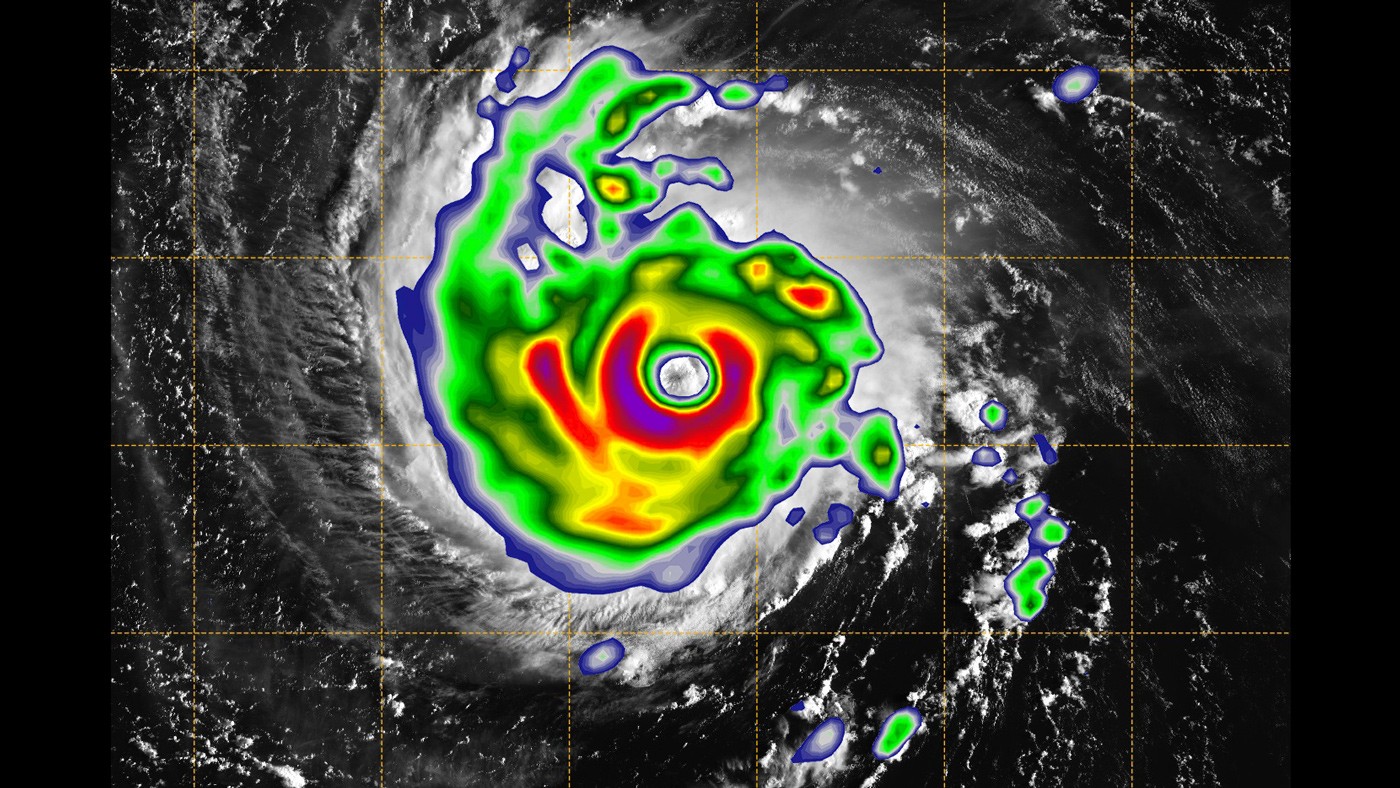As the world grapples with the escalating effects of climate change, a new study has shed light on a particularly distressing trend: heat waves are not only becoming more frequent but are also lasting longer and reaching higher temperatures than ever before. This phenomenon is leaving vast regions sweltering under ‘heat domes’ for extended periods, posing a severe threat to human health and the environment.
Since 1979, the pace at which heat waves move has slowed by 20%, meaning these sweltering conditions linger longer over affected areas. This has resulted in heat waves occurring 67% more often than they did four decades ago. The implications are stark: more people are exposed to extreme heat for more extended periods, with potentially devastating consequences.
The study, published in Science Advances, offers a comprehensive look at the evolution of heat waves over the past 45 years. It reveals that the highest temperatures recorded during these events are now warmer than they were in the late 20th century, and the geographical area impacted by a heat dome has expanded. This is not just about numbers on a thermometer; it’s about the tangible, often harsh, realities that communities across the globe are facing.
Eurasia has been particularly hard hit, with heat waves lasting significantly longer than in the past. In contrast, Africa has seen the most considerable slowdown in the movement of heat waves, while North America and Australia have experienced the most significant increases in the overall magnitude of these events. This magnitude is a measure that encompasses both the temperature and the area affected.
The study’s co-authors, climate scientists Wei Zhang of Utah State University and Gabriel Lau of Princeton University, along with their team, have conducted computer simulations to understand the underlying causes of these changes. Their research points to heat-trapping emissions from the burning of coal, oil, and natural gas as the primary culprits. By simulating a world without greenhouse gas emissions, they concluded that the observed intensification of heat waves could not be replicated, thus highlighting the role of human-induced climate change.
Furthermore, the study examines alterations in weather patterns that influence the propagation of heat waves. Atmospheric waves, such as the jet stream, which typically move weather systems along, are weakening. This weakening means that heat waves are not being pushed along as swiftly as they once were, leading to prolonged periods of high temperatures in affected regions.
The findings have been met with concern from the scientific community. Lawrence Berkeley National Lab climate scientist Michael Wehner, who was not involved in the research, stated, ‘This paper sends a clear warning that climate change makes heat waves yet more dangerous in more ways than one.’ The analogy is simple yet chilling: like food in an oven, the longer the heat persists, the more ‘cooked’ the subject becomes. In this case, it is our societies and ecosystems that are at risk.
The study’s big-picture approach has been praised by several external scientists for its examination of heat waves’ interaction with weather patterns and their global movement. Kathy Jacobs, a University of Arizona climate scientist, commended the research for showing ‘how heat waves evolve in three dimensions and move regionally and across continents.’ Woodwell Climate Research Center scientist Jennifer Francis added, ‘One of the most direct consequences of global warming is increasing heat waves. These results put a large exclamation point on that fact.’
As we continue to witness the unfolding impacts of climate change, this study serves as a stark reminder of the urgent need for global action to reduce greenhouse gas emissions. The longer we delay, the more severe the consequences will be for our planet and future generations. It’s time to heed the warning signs and act decisively to mitigate the scorching new reality we face.
Related posts:
Since 1979, climate change has made heat waves last longer and spike hotter, study says
Study says since 1979 climate change has made heat waves last longer, spike hotter, hurt more people
Study says since 1979 climate change has made heat waves last longer, spike hotter, hurt more people





океанское побережье дигл цена
In CS 1.6, there are several ways to win the round: either to kill all the opponents or to execute the card`s primary task, which, after all, is determined by the card itself. The most popular cards at the moment have the following primary tasks: to place and detonate a bomb (with the prefix “de_”) and to withdraw hostages (with the prefix “cs_”).
Source:
[url=http://cs-likes.ru/skachat-counter-strike-global-offensive-besplatno.html]океанское побережье дигл цена[/url]